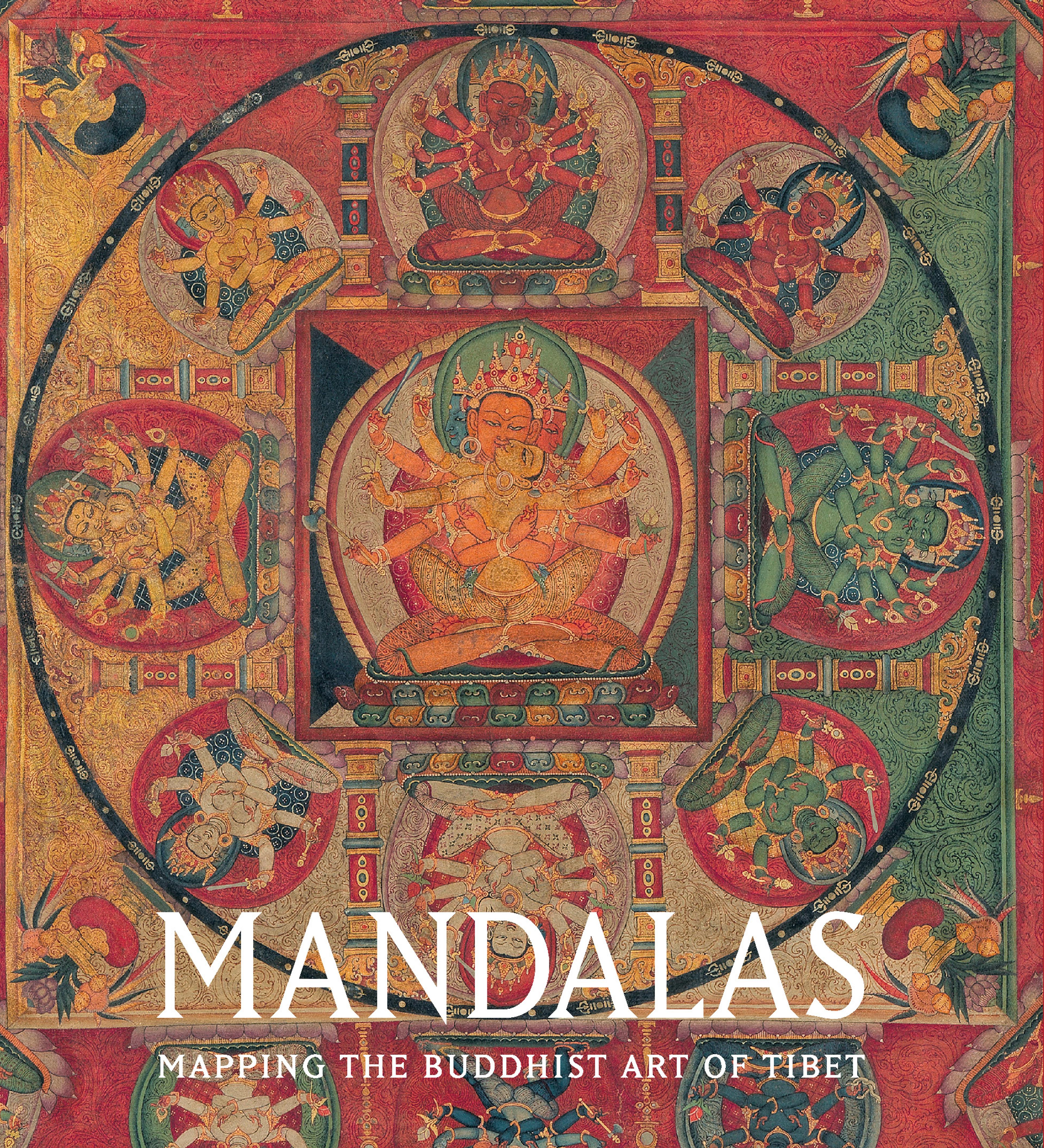Tantric Rug with Two Flayed Male Figures
Woolen rugs form an important part of Tibetan material culture, serving as floor coverings on beaten earth floors for warmth, and as saddle blankets for riding. They also provide the setting for some of the most dramatic imagery in Tibetan art. The design of flayed male figures forms part of the paraphernalia employed to invoke protective deities. Such rugs feature in the annual New Year’s Eve exorcism dance performance (Tse Gutor, rtse dgu gtor), performed by masked dancers to cleanse the past year’s sins in preparation for the new.
Artwork Details
- Title: Tantric Rug with Two Flayed Male Figures
- Date: 18th–19th century
- Culture: Tibet
- Medium: Wool, cotton, and dye
- Dimensions: 65 1/2 × 32 in. (166.4 × 81.3 cm)
- Classification: Textiles-Rugs
- Credit Line: Gift of Steven Kossak, The Kronos Collections, 2022
- Object Number: 2022.431.2
- Curatorial Department: Asian Art
More Artwork
Research Resources
The Met provides unparalleled resources for research and welcomes an international community of students and scholars. The Met's Open Access API is where creators and researchers can connect to the The Met collection. Open Access data and public domain images are available for unrestricted commercial and noncommercial use without permission or fee.
To request images under copyright and other restrictions, please use this Image Request form.
Feedback
We continue to research and examine historical and cultural context for objects in The Met collection. If you have comments or questions about this object record, please contact us using the form below. The Museum looks forward to receiving your comments.
